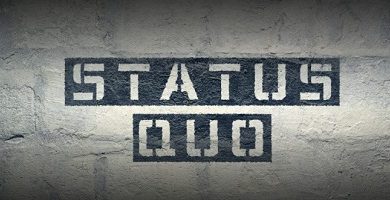What are teaching & Learning resources? and their Examples
We explain what are the teaching resources, what are their functions, types, and examples. Also, why are they so important?
What are teaching resources?
Teaching resources, teaching materials, or teaching aids are any type of material or technological support that facilitates or encourages the teaching and learning process. They are usually used by educators in pedagogical or training institutions, as a way to complement or make their work more efficient.
There is no strict and universal concept regarding what it is and what is not a teaching resource. Basically, anything can be, provided it fulfills the function of facilitating learning or adapting it to the specific needs of a certain type of student.
For example, some resources will allow significant learning, with high participation of the student, while others will serve rather as communicative support to the teacher, or simply as reinforcement material.
Although there is no agreement regarding the nomenclature of these elements, some authors prefer to establish a difference between:
- Teaching resources: In some cases, it is used to designate the material elements that serve as auxiliaries in the teaching process, such as pencils, markers, or the board.
- Didactic materials: It is usually used to refer to the pedagogically arranged elements in advance to facilitate the learning process, that is, to the professed resources for teaching, such as textbooks, audiovisual presentations, etc.
Functions
Given the possible diversity, their specific functions can be many. Even so, they can be summed up in:
- Provide guidance, especially in complex topics and topics, proposing alternative learning paths, mnemonic rules, etc.
- Simulate situations or events, to show in a controlled environment how they occur in real life.
- Motivate learning, that is, arouse interest in knowledge in the student.
- Evaluate the student’s performance, in a specific topic or in the subject as a whole, to know how much of the learning was successful.
Importance

Teaching resources are fundamental in any educational model. On the one hand, they stimulate the transmission of knowledge and allow it to take place according to different models and forms, which is vital if it is considered that not everyone learns in the same way.
On the other hand, they tend to incorporate more modern technical and technological resources into teaching, which allows the teaching to be updated, allowing new dynamics and academic experiences.
Types of teaching resources
- Permanent work material. Everything is used daily in teaching, whether to keep track of it, illustrate what has been said, or allow other types of operations.
- Information material. Those materials in which the information is contained and which are used as a source of knowledge.
- Illustrative material. Everything that can be used to accompany, enhance and exemplify the content provided, whether visual, audiovisual, or interactive.
- Experimental material. The one that allows students to verify through knowledge and direct experimentation the knowledge taught in class.
- Technological material. These is the electronic resources that allow the generation of content, the massification of the same, etc., using above all the ICT calls.
Examples of teaching resources

Some examples of resources and teaching materials are:
- Blackboard, chalk, delectable markers.
- Projectors (such as video beams), sheets, billboards.
- Learning software, audiovisual sequences, and online encyclopedias.
- Scientific laboratory material, experimental practices, and field exercises.
- Textbooks, dictionaries of various types, notebooks, and sheet pads.
- Rules of different types, calculators, measures, and squares.
- Mockups, simulators, flowcharts, graphics.





